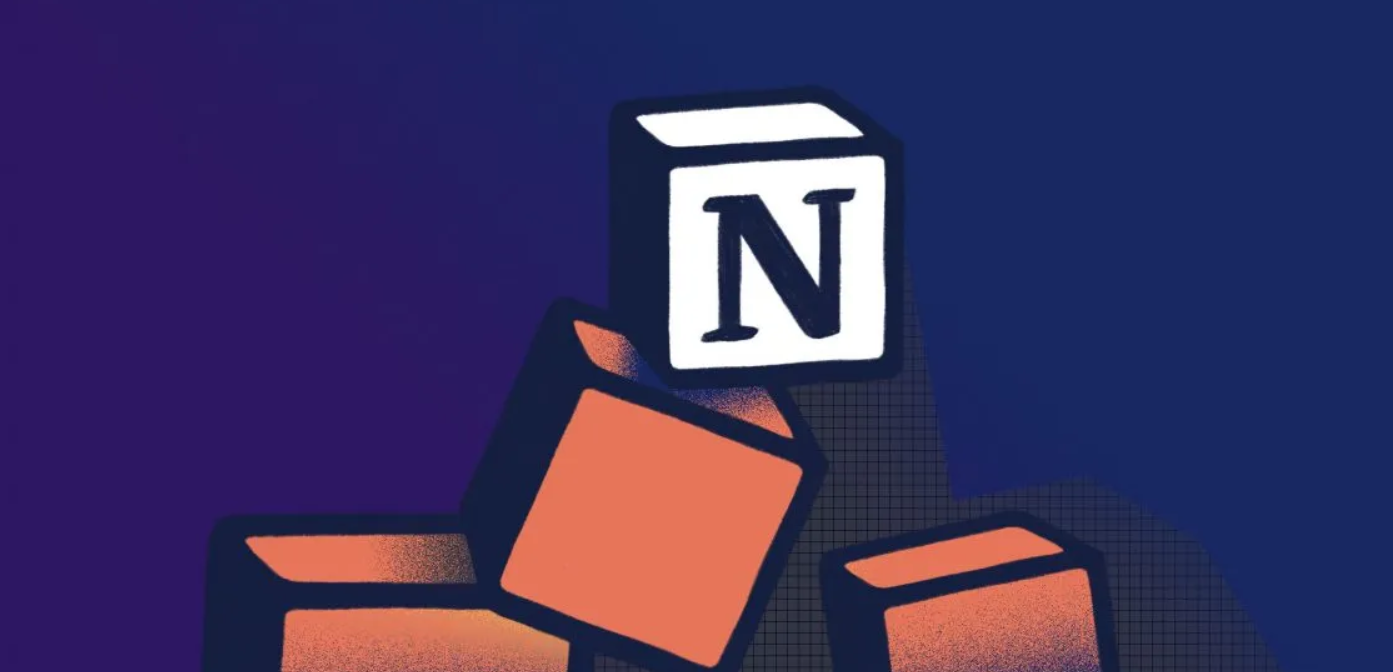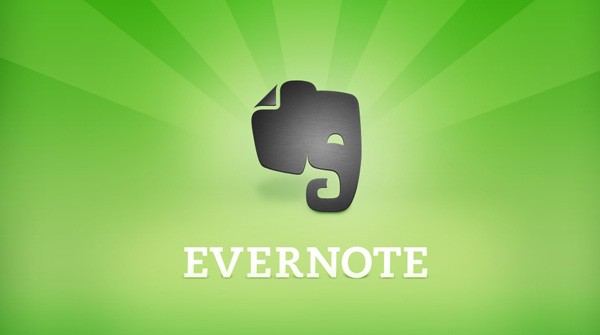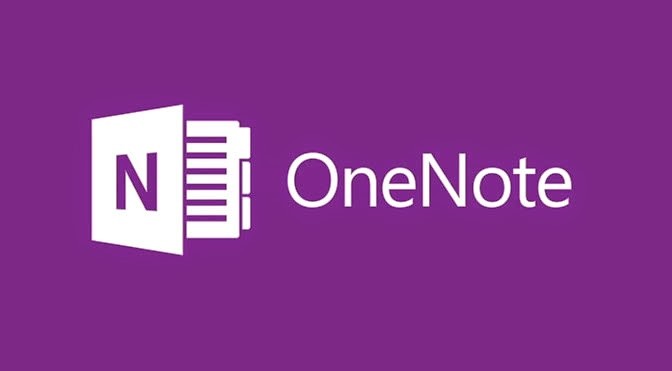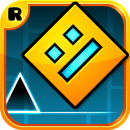Revolutionizing Study Habits: The Top 5 Note-Taking Apps for Students in 2024
Feb-21-2024

In the ever-evolving landscape of education, technology plays a pivotal role in shaping how students learn and retain information. Gone are the days of traditional pen and paper notes. In 2023, innovative apps have emerged, transforming the way students organize, store, and review their study materials. These apps not only cater to the diverse needs of students but also incorporate cutting-edge technologies to enhance learning experiences. From seamless synchronization across devices to incorporating artificial intelligence for summarizing content, these apps are revolutionizing note-taking. In this article, we delve into the top 5 innovative note-taking apps that are changing the game for students in 2023, providing a detailed analysis of their features, versions, and a comprehensive list of pros and cons for each.
1. Notion: The All-in-One Workspace

Notion has emerged as a powerhouse in the realm of note-taking and project management. Its versatile platform caters not only to students but to professionals as well, offering a unique blend of notes, tasks, databases, and calendars. This all-in-one workspace allows users to create customized systems for note-taking, project tracking, and data organization.
Features
- Customizable templates for academic and personal projects.
- Integrated task management with reminders and deadlines.
- In-built database functionality for organizing notes and files.
- Collaboration tools for group projects and study sessions.
- Offline access and cross-platform synchronization.
Versions
- Free Personal version with basic features.
- Personal Pro version with advanced features and unlimited file uploads.
- Team version designed for group collaborations.
Pros
- Highly customizable interface.
- A comprehensive tool that combines note-taking with project management.
- Supports real-time collaboration.
Cons
- The steep learning curve for new users.
- Some advanced features are behind a paywall.
2. Evernote: Your Digital Brain

Evernote has long been a favorite among students for its simplicity and powerful features. It acts as a digital brain, allowing users to clip web articles, capture handwritten notes, and record memos—all in one place..
Features
- Note-taking in various formats (text, images, audio).
- Web clipper to save articles and webpages.
- Handwriting recognition for digitizing handwritten notes.
- Tags and notebooks for easy organization.
- Cross-platform synchronization.
Versions
- Basic version with limited features.
- Premium version offering more space, offline access, and advanced features.
- Business version for team collaboration and project management.
Pros
- Intuitive and user-friendly interface.
- Powerful search functionality.
- Flexible note organization with tags and notebooks.
Cons
- Premium features come at a cost.
- Performance can be slow with extensive note libraries.
3. Microsoft OneNote: The Digital Notebook for Every Aspect of Your Life

Microsoft OneNote is designed as a digital notebook that perfectly mimics the flexibility and versatility of a traditional notebook but with the added benefits of digital technology. It is part of the Microsoft Office suite, offering deep integration with other Microsoft products, making it an excellent choice for students entrenched in the Microsoft ecosystem.
Features
- Freeform canvas for flexible note arrangement.
- Integration with Microsoft Office Suite.
- Audio and video recording capabilities.
- Handwriting recognition and drawing tools.
- Collaboration features for sharing and working on notes with others.
Versions
- Free version available with Office Online.
- Included with Office 365 subscriptions offering additional features.
Pros
- Completely free to use.
- Highly flexible and customizable interface.
- Good integration with other Microsoft products.
Cons
- Can be overwhelming for new users due to its vast array of features.
- Limited functionality on mobile devices compared to the desktop version.
4. Bear: The Beautifully Designed Note-Taking App for Apple Users
Bear stands out in the note-taking app landscape for its focus on design and user experience. Exclusively available for Apple devices, Bear offers a clean, minimalist interface that makes note-taking a visually appealing task. It's perfect for students who appreciate aesthetics as much as functionality in their apps.
Features
- Markdown support for easy formatting.
- Tagging system for organizing notes.
- Focus mode to eliminate distractions while writing.
- Export options in various formats.
- Seamless synchronization across all Apple devices.
Versions
- Free version with basic features.
- Pro version offering advanced features such as enhanced export options and more powerful search.
Pros
- Beautiful and intuitive interface.
- Markdown support for those familiar with it.
- Effective organization with a tagging system.
Cons
- Available only for Apple devices.
- Some advanced features require the Pro version.
5. Notability: The Ultimate Tool for Handwritten Notes
Notability is a favorite among students who prefer handwritten notes or those who are more visually oriented in their study habits. Offering a wide range of writing and sketching tools, Notability makes digital note-taking feel as natural as writing on paper. It's particularly popular among iPad users with Apple Pencil support.
Features
- Handwriting recognition for searchable handwritten notes.
- Import and annotate PDFs, photos, and docs.
- Audio recordings linked to your notes.
- Wide variety of writing and drawing tools.
- Cloud synchronization and backup.
Versions
- Paid app with a one-time purchase fee.
- Optional subscription for additional features like handwriting recognition and advanced PDF annotation.
Pros
- Natural writing experience with Apple Pencil.
- Powerful annotation and drawing tools.
- Audio recording linked to notes is ideal for lectures.
Cons
- Predominantly tailored to Apple users.
- Some features require an additional subscription.
Conclusion
In 2023, note-taking apps have evolved far beyond simple text entries. The top apps in the market cater to a wide range of needs, from digital organization and project management to specialized tools for handwriting and drawing. Whether you're deeply integrated into the Apple ecosystem, require a versatile digital notebook, or need a comprehensive workspace that includes project management, there's an app tailored to your academic needs. The key is to choose an app that not only fits your study habits but also enhances your learning experience by making note-taking more efficient, organized, and accessible.








